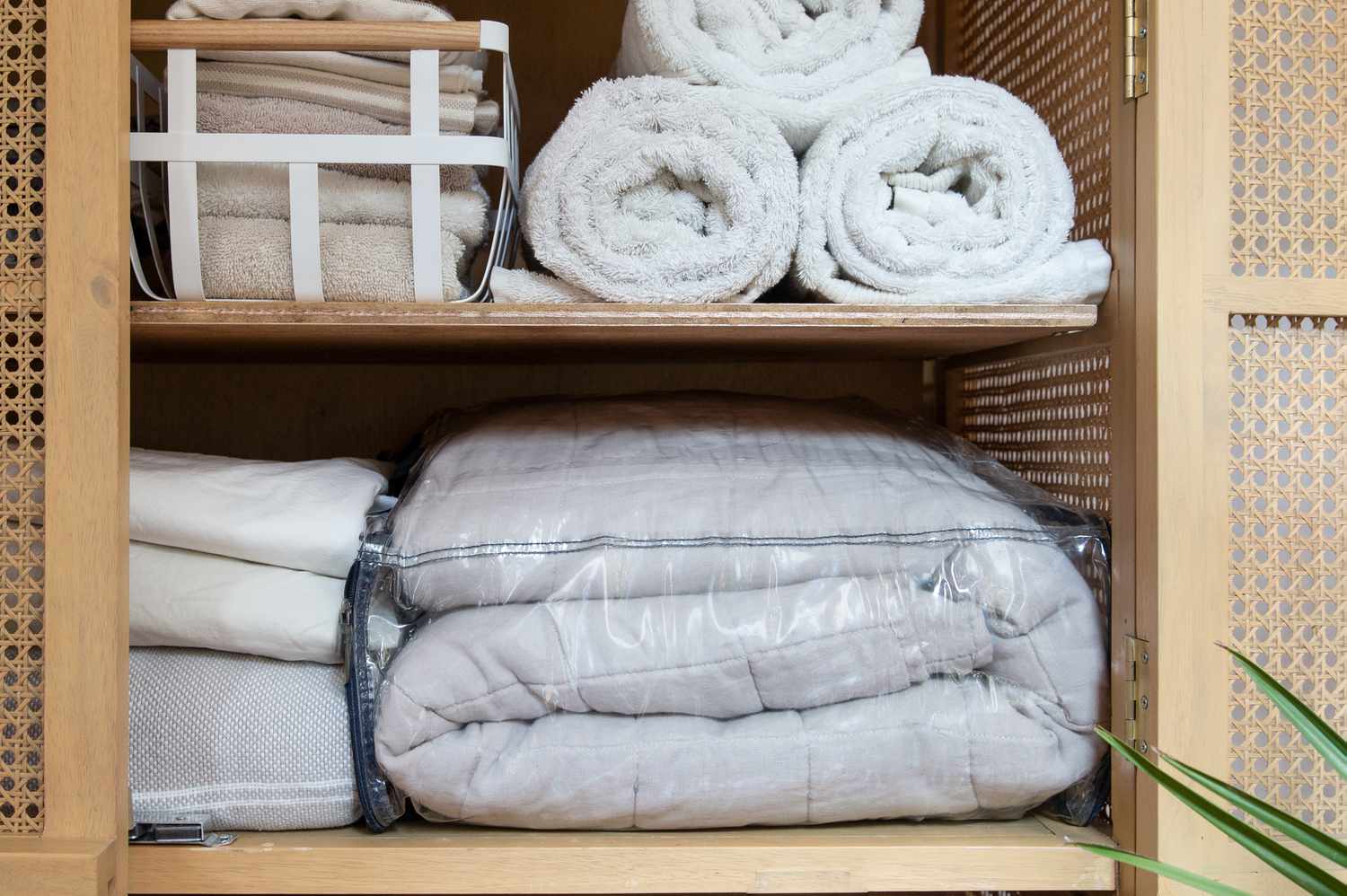

Articles
How To Store Comforters When Not In Use
Modified: January 19, 2024
Learn the best methods for storing comforters when they're not in use. Read our helpful articles to keep your comforters clean and organized.
(Many of the links in this article redirect to a specific reviewed product. Your purchase of these products through affiliate links helps to generate commission for Storables.com, at no extra cost. Learn more)
Introduction
Comforters are a cozy and essential bedding item that can provide warmth and comfort during colder months. However, there may come a time when you need to store your comforters when they are not in use. Proper storage not only helps in keeping the comforters in good condition but also ensures that they are ready for use when needed.
In this article, we will discuss the importance of storing comforters correctly and provide you with a step-by-step guide on how to store them effectively. By following these steps, you can prolong the lifespan of your comforters and maintain their quality for years to come.
Key Takeaways:
- Proper storage of comforters is essential to maintain their quality, prevent damage, and extend their lifespan. Follow the step-by-step guide to ensure your comforters remain clean, fresh, and ready for use.
- Avoid plastic bags and vacuum sealing when storing comforters. Choose breathable storage containers, fold them properly, and use acid-free tissue paper to protect the fabric. Regularly check and refold to maintain their quality.
Read more: How To Store Comforter
Why Proper Storage is Important
Proper storage of comforters is crucial for several reasons. Firstly, it helps to keep them clean and free from dust, dirt, and allergens that can accumulate over time. By storing them properly, you can ensure that they are in a pristine condition when you take them out for use.
Secondly, proper storage helps to prevent damage to the fabric and filling of the comforters. Storing them in the wrong way, such as folding them roughly or packing them tightly, can lead to creases, wrinkles, and even permanent damage to the insulation material inside.
Furthermore, storing comforters correctly also helps in maximizing the available space. By utilizing the right storage containers and folding them properly, you can save valuable space in your closets or storage areas.
Last but not least, proper storage helps to extend the lifespan of your comforters. When kept in a cool, dry, and well-ventilated area, comforters are less susceptible to mold, mildew, and moisture damage. This prevents the growth of bacteria and ensures that your comforters remain fresh and hygienic.
Now that you understand the importance of proper storage, let’s dive into the step-by-step guide on how to store your comforters effectively.
Step 1: Clean and Dry the Comforter
The first step in storing your comforter is to ensure that it is clean and dry. Before packing it away, it’s important to wash or dry clean the comforter according to the manufacturer’s instructions. This will remove any dirt, stains, or odors that may have accumulated.
If the comforter is machine washable, use a gentle cycle with a mild detergent. Avoid using bleach or harsh chemicals that can damage the fabric. After washing, make sure to thoroughly rinse out any detergent residue.
If your comforter is not machine washable or you prefer professional cleaning, take it to a reputable dry cleaner. They have the expertise and equipment to clean the comforter safely and effectively.
Once the comforter is clean, it is crucial to ensure that it is completely dry before storing it. Moisture can lead to mold and mildew growth, which can ruin the comforter. You can either air dry it outdoors or use a dryer on a low heat setting. Make sure to fully dry the comforter, paying extra attention to any thick areas or layers.
By starting with a clean and dry comforter, you are setting the foundation for proper storage and preventing any potential damage or deterioration.
Step 2: Choose the Right Storage Containers
Choosing the right storage containers is essential for keeping your comforters safe and protected during storage. Look for containers that are sturdy, durable, and sealed to prevent moisture, dust, or pests from entering.
Opt for containers made from materials such as plastic or fabric that are resistant to moisture and can provide some level of breathability to prevent any trapped moisture. Clear plastic containers are particularly useful as they allow you to easily see the contents without having to open them.
Consider the size of the comforter when selecting storage containers. Make sure the containers are large enough to comfortably fit the comforter without compressing it too tightly. It’s important to give the comforter some room to breathe and maintain its loft.
Alternatively, you can also use vacuum storage bags, which compress the comforter and save space. However, keep in mind that these bags may not be suitable for all types of comforters, especially those with delicate fillings or trims. Vacuum bags can compress the comforter, potentially causing the filling to become lumpy or uneven.
It’s worth noting that if you decide to use vacuum bags, remove them from the bags at least once a year to allow the comforter to regain its full loft and prevent permanent compression.
Remember, the goal is to find storage containers that offer protection, breathability, and enough space for the comforter to retain its shape and quality over time.
Step 3: Fold the Comforter Properly
Properly folding the comforter is crucial to prevent creases, wrinkles, and damage to the fabric or filling. Follow these steps to fold your comforter effectively:
- Spread the comforter flat on a large, clean surface, such as a bed or table.
- Smooth out any wrinkles or lumps gently by hand.
- Fold the comforter in half lengthwise, bringing one end to meet the other.
- If the comforter is too large to fold in half, fold it into thirds instead, like folding a letter.
- Continue folding in half or thirds until the comforter is folded into a manageable size that fits well in your chosen storage container.
Avoid folding the comforter too tightly or pressing down on it too firmly, as this can compact the filling and lead to uneven distribution and loss of fluffiness.
If your comforter has a specific pattern or design, take care to fold it in a way that preserves the pattern. This will ensure that the comforter looks its best when you take it out of storage.
Properly folding your comforter will not only save space but also help maintain its appearance and prevent unnecessary wear and tear.
Store comforters in a breathable cotton storage bag to prevent moisture buildup. Avoid plastic bags, which can trap moisture and lead to mold and mildew. Keep in a cool, dry place.
Read more: How To Store A Comforter
Step 4: Use Acid-Free Tissue Paper
When storing your comforter, it’s a good idea to use acid-free tissue paper to help protect the fabric and prevent any potential discoloration or damage. Acid-free tissue paper is widely available at craft stores or online and is specifically designed to be gentle on delicate fabrics.
Follow these steps to use acid-free tissue paper:
- Before folding the comforter, place a layer of acid-free tissue paper on top of it.
- Fold the comforter as previously instructed, with the acid-free tissue paper sandwiched between the folds.
- For larger comforters, you can place additional layers of acid-free tissue paper between the folds to provide extra cushioning and protection.
- Once the comforter is fully folded, you can also place a layer of acid-free tissue paper on top to further safeguard it.
The acid-free tissue paper acts as a barrier between the comforter and any potential contaminants, preventing them from coming into direct contact with the fabric. It also helps to absorb any excess moisture and provides a gentle cushioning effect, minimizing the risk of creases or wrinkles.
Remember to use acid-free tissue paper specifically, as regular tissue paper can contain acid that may damage the fabric over time.
By using acid-free tissue paper, you can provide an extra layer of protection and maintain the quality of your comforter while it is in storage.
Step 5: Store in a Cool and Dry Location
Choosing the right storage location for your comforter is crucial to ensure its long-term preservation. It’s important to store your comforters in a cool and dry environment to prevent any moisture buildup, mold growth, or damage to the fabric or filling.
Here are some tips for selecting an ideal storage location:
- Avoid storing your comforter in areas prone to high humidity, such as basements or attics. These environments can create a breeding ground for mold and mildew.
- Choose a cool and dry location in your home, such as a linen closet or a dedicated storage area. Make sure the space is well-ventilated to prevent any stagnant air.
- Keep the comforter away from direct sunlight, as prolonged exposure to sunlight can fade the colors and weaken the fabric fibers over time.
- If you live in a particularly humid area or if your storage location is susceptible to humidity, you can consider using moisture absorbers or desiccants to help keep the moisture levels in check.
A cool and dry storage location will help preserve the integrity of the comforter, preventing any potential damage or deterioration. It will also maintain the freshness and cleanliness of the comforter, ensuring that it is ready for use whenever you need it.
Step 6: Avoid Plastic Bags or Vacuum Sealing
While it may be tempting to store your comforter in plastic bags or vacuum-sealed bags to save space, it is best to avoid doing so. Plastic bags and vacuum sealing can have negative effects on the condition of your comforter in the long run.
Plastic bags can trap moisture, leading to the growth of mold and mildew. They also restrict airflow, which can cause the comforter to become stale and develop an unpleasant odor. Additionally, the plastic can create a static charge that may attract dust and lint, making it harder to keep the comforter clean.
Vacuum-sealed bags, although they can save space, can compress the comforter too tightly, leading to the loss of its fluffiness and loft. The filling may become lumpy or uneven, affecting the overall comfort and insulation of the comforter.
Instead, opt for breathable storage containers or fabric bags that allow for some airflow. These containers will help maintain the quality of the comforter without compromising its fluffiness or exposing it to potentially harmful elements.
If you currently have your comforter stored in plastic bags or vacuum-sealed bags, consider removing them and transferring the comforter to a more suitable storage option.
By avoiding plastic bags and vacuum sealing, you can ensure that your comforter remains in optimal condition and ready for use whenever you need it.
Step 7: Frequently Check and Refold
Even though you have taken all the necessary steps to store your comforter properly, it’s important to periodically check on it and refold it to maintain its quality. This step ensures that your comforter remains in pristine condition and avoids any potential issues that may arise during long-term storage.
Here are some tips for checking and refolding your stored comforter:
- Plan regular intervals to inspect your comforter, such as once every three to six months.
- Remove the comforter from its storage container or bag and carefully unfold it.
- Check for any signs of moisture, mold, or insect infestations. If you notice any issues, address them promptly.
- Refold the comforter using the proper folding technique, as mentioned in step 3. This helps to redistribute the filling and prevent permanent creases or folds.
- If using acid-free tissue paper, replace any worn out or damaged tissue paper with fresh ones to continue providing protection.
By regularly checking and refolding your comforter, you can ensure that it remains in optimal condition and prevent any potential damage or deterioration. This step also allows you to inspect for any signs of pests or moisture that may have compromised the comforter’s integrity.
By giving your comforter the attention it needs, you can enjoy its warmth and comfort for years to come.
Frequently Asked Questions about How To Store Comforters When Not In Use
Was this page helpful?
At Storables.com, we guarantee accurate and reliable information. Our content, validated by Expert Board Contributors, is crafted following stringent Editorial Policies. We're committed to providing you with well-researched, expert-backed insights for all your informational needs.
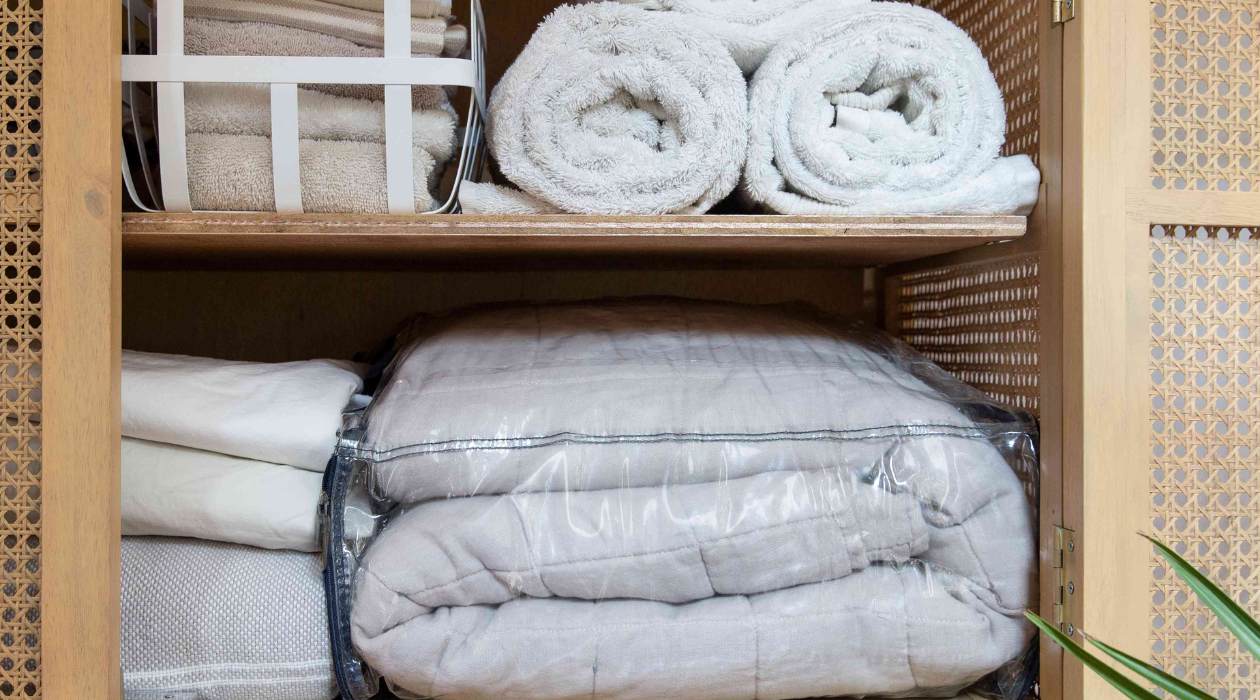
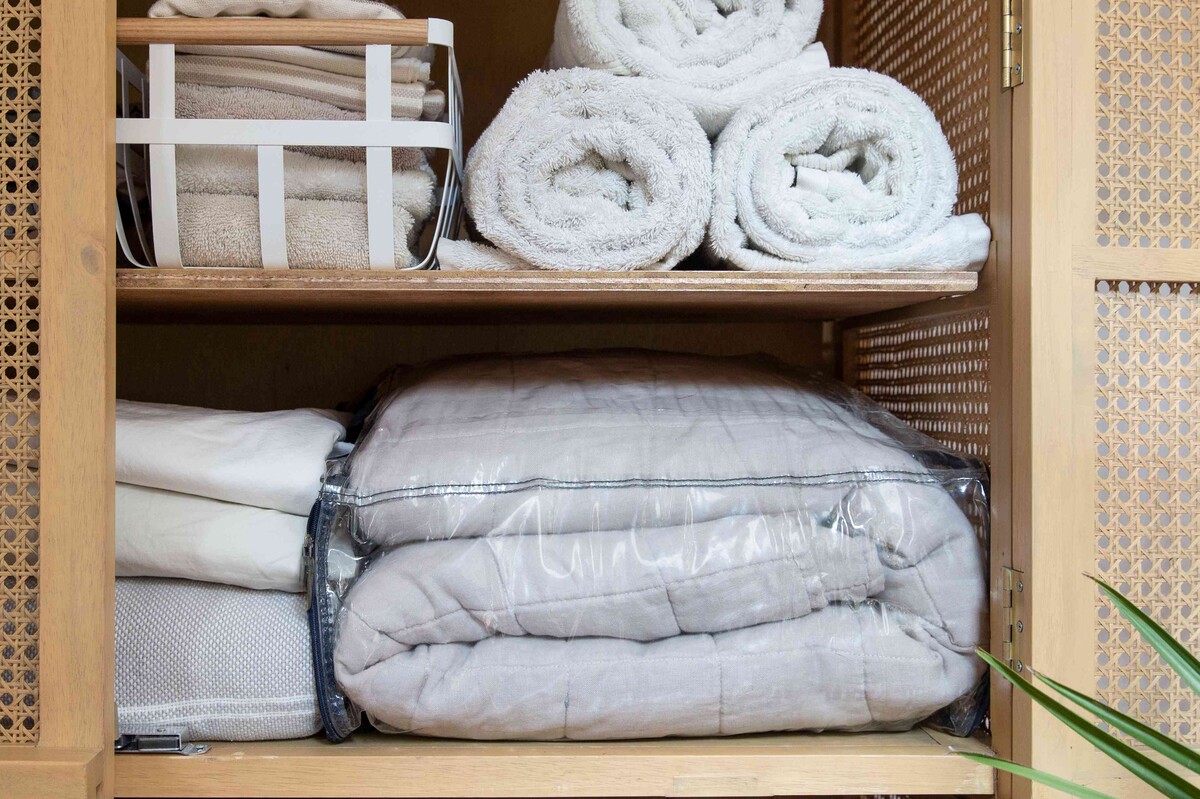
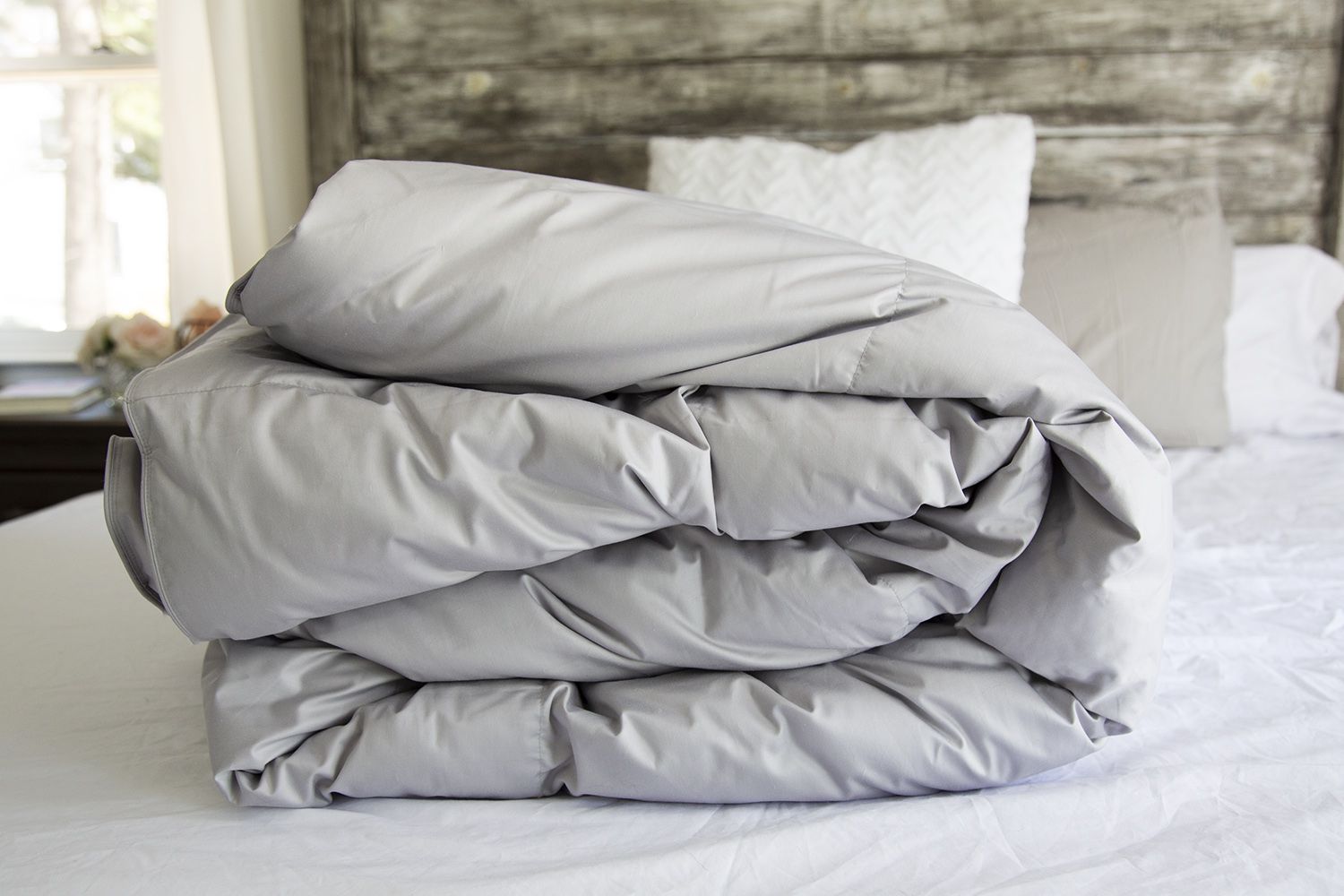
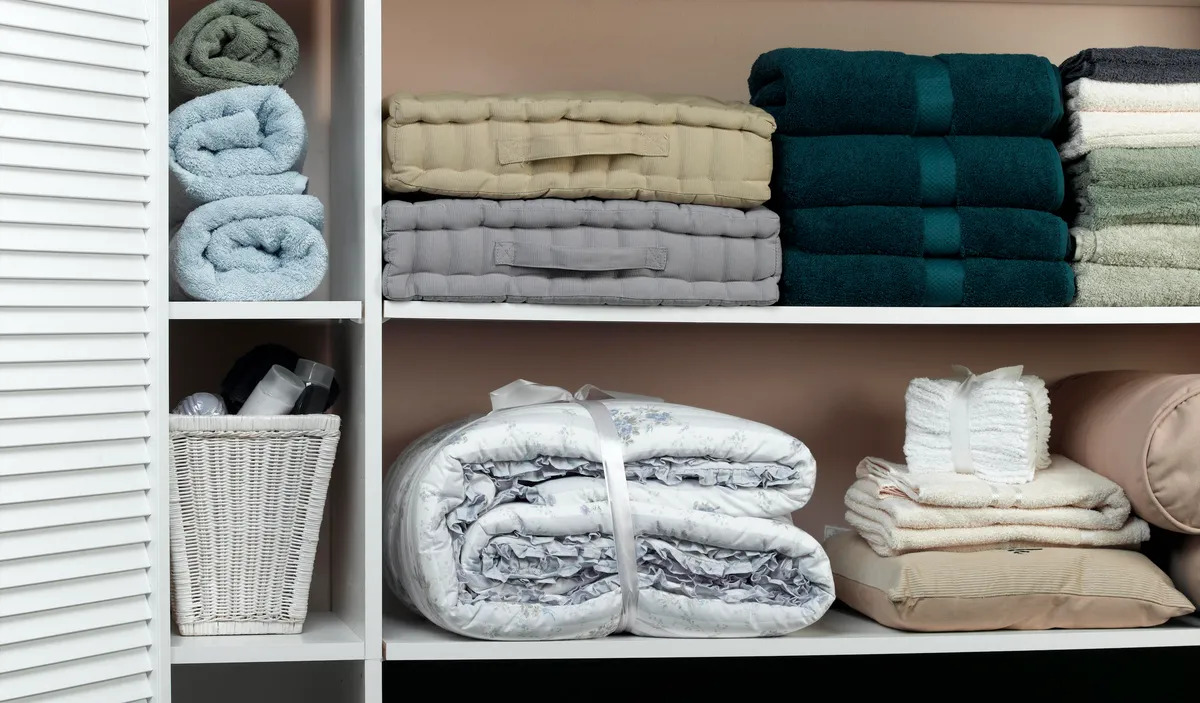
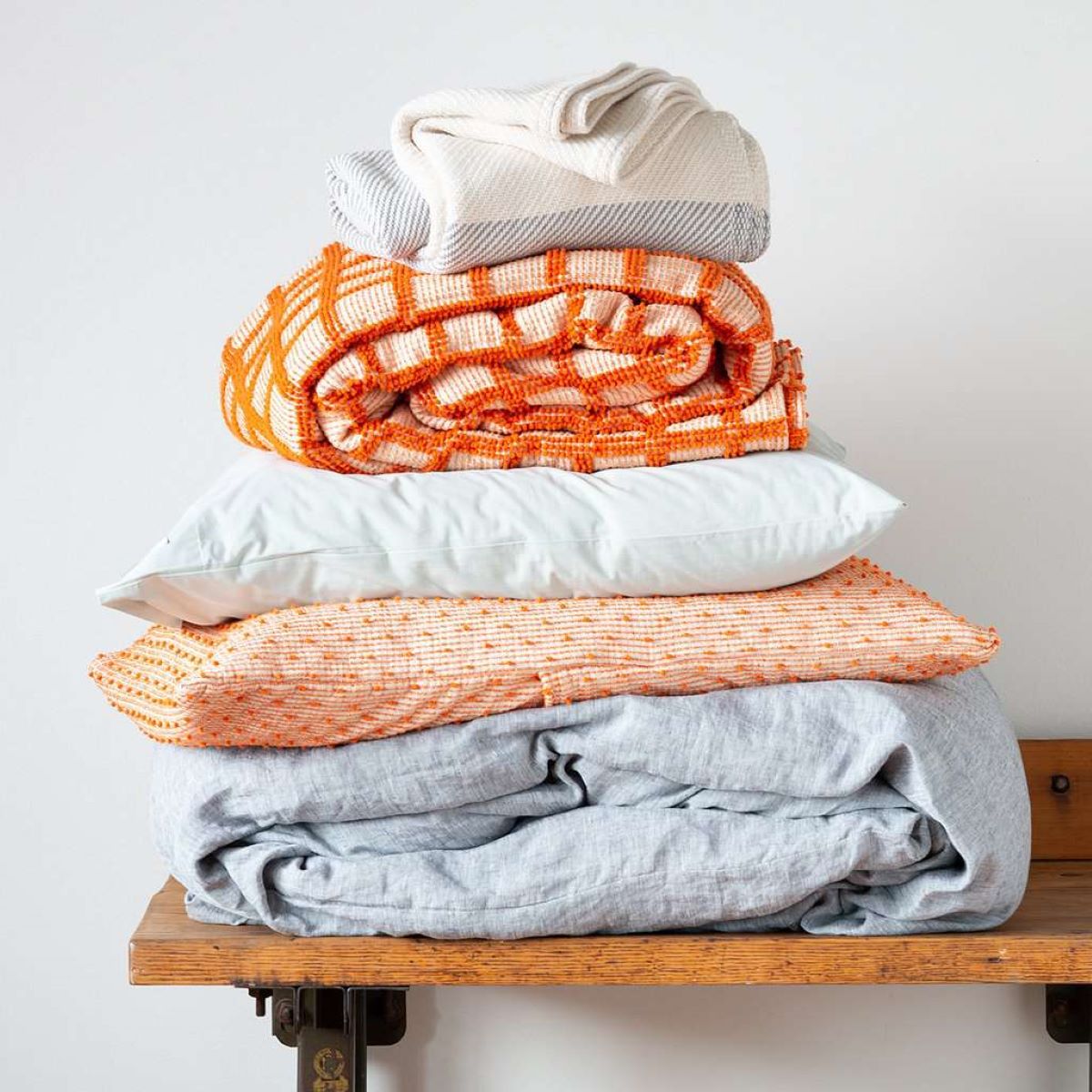

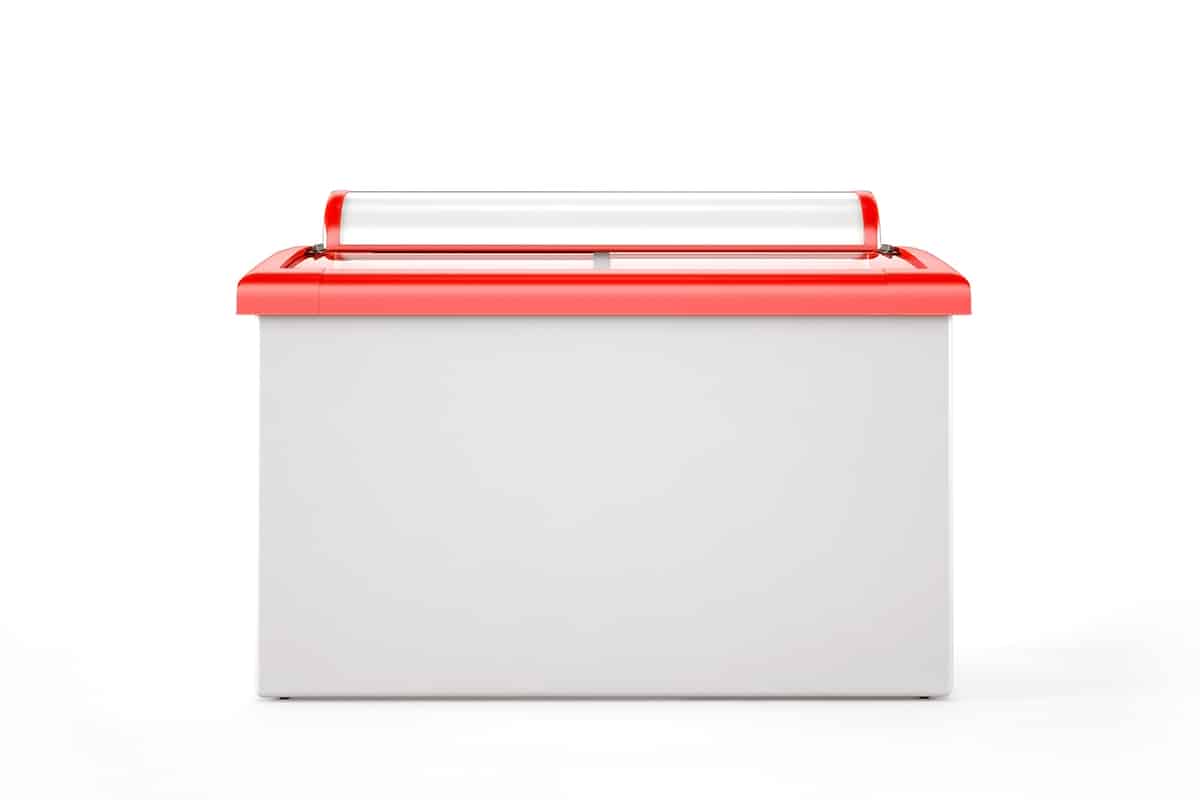
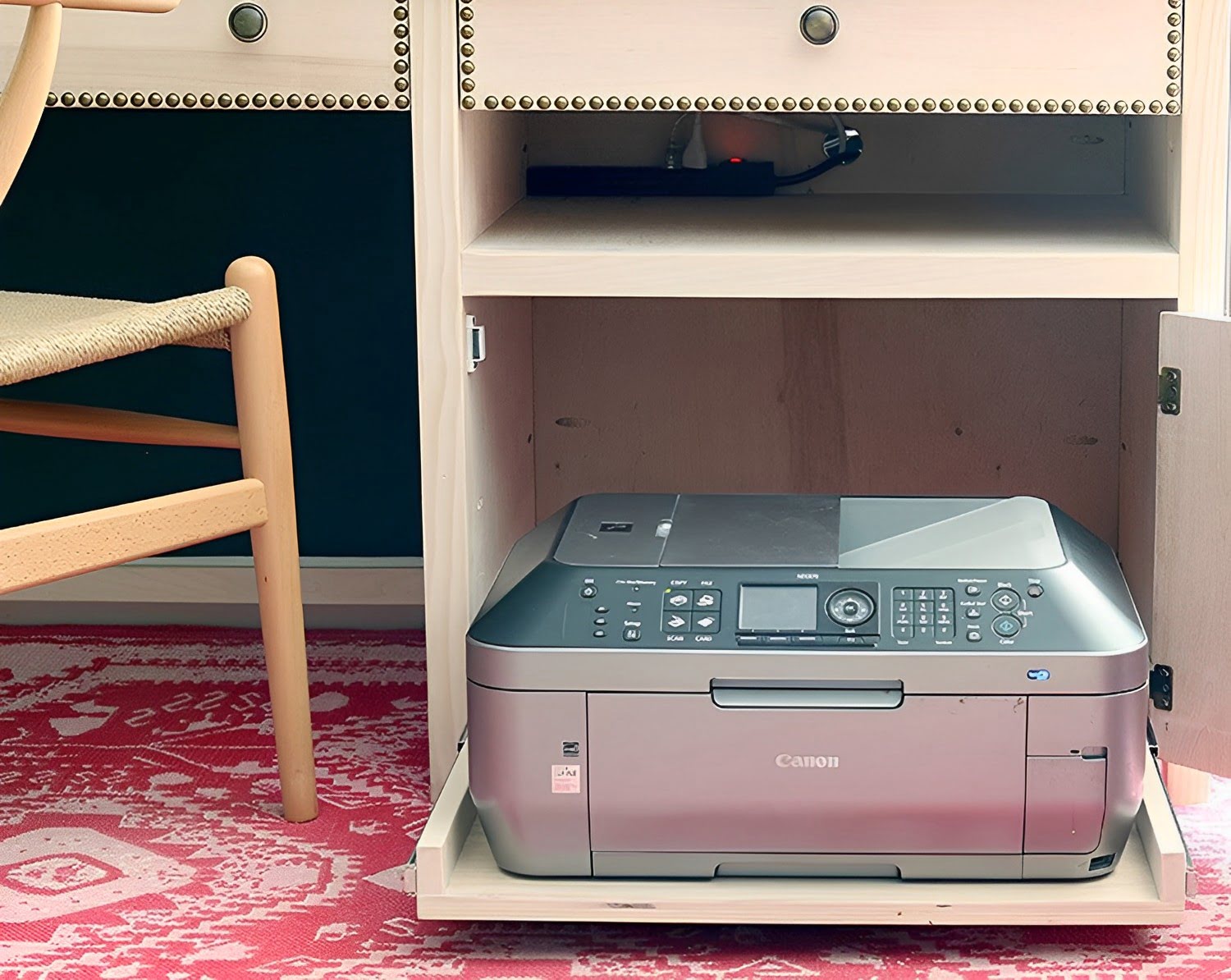
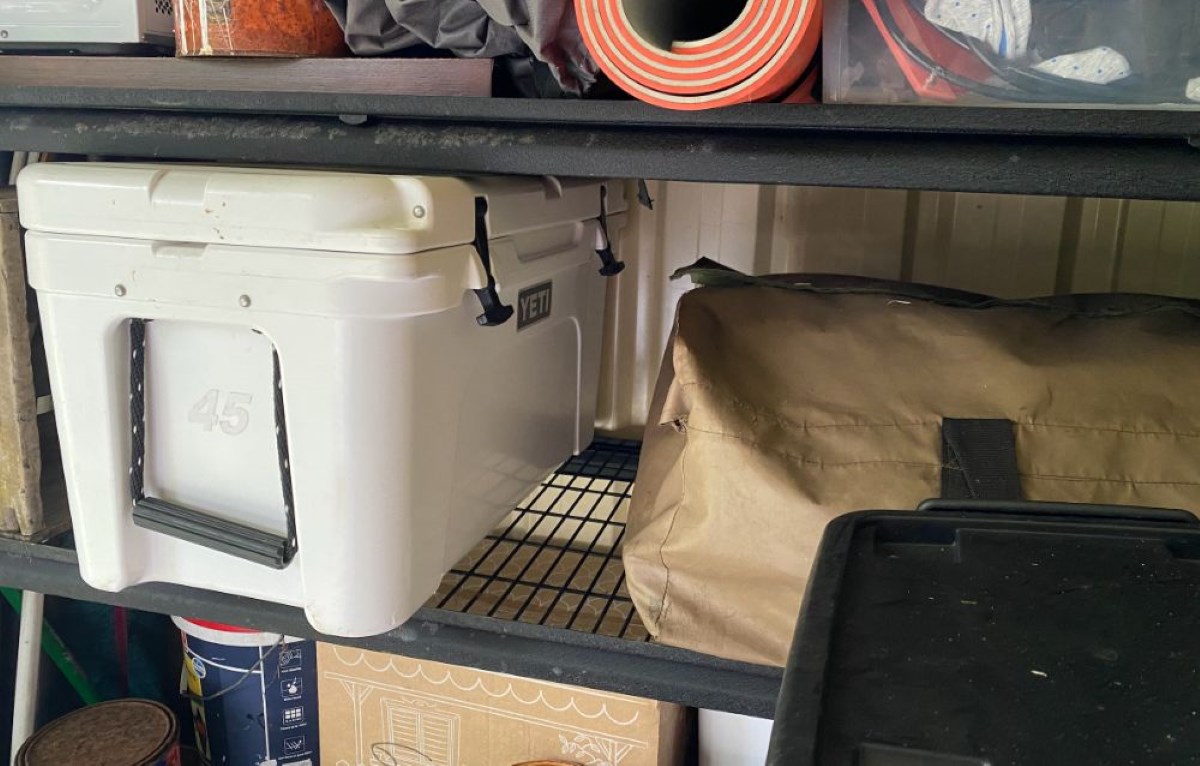




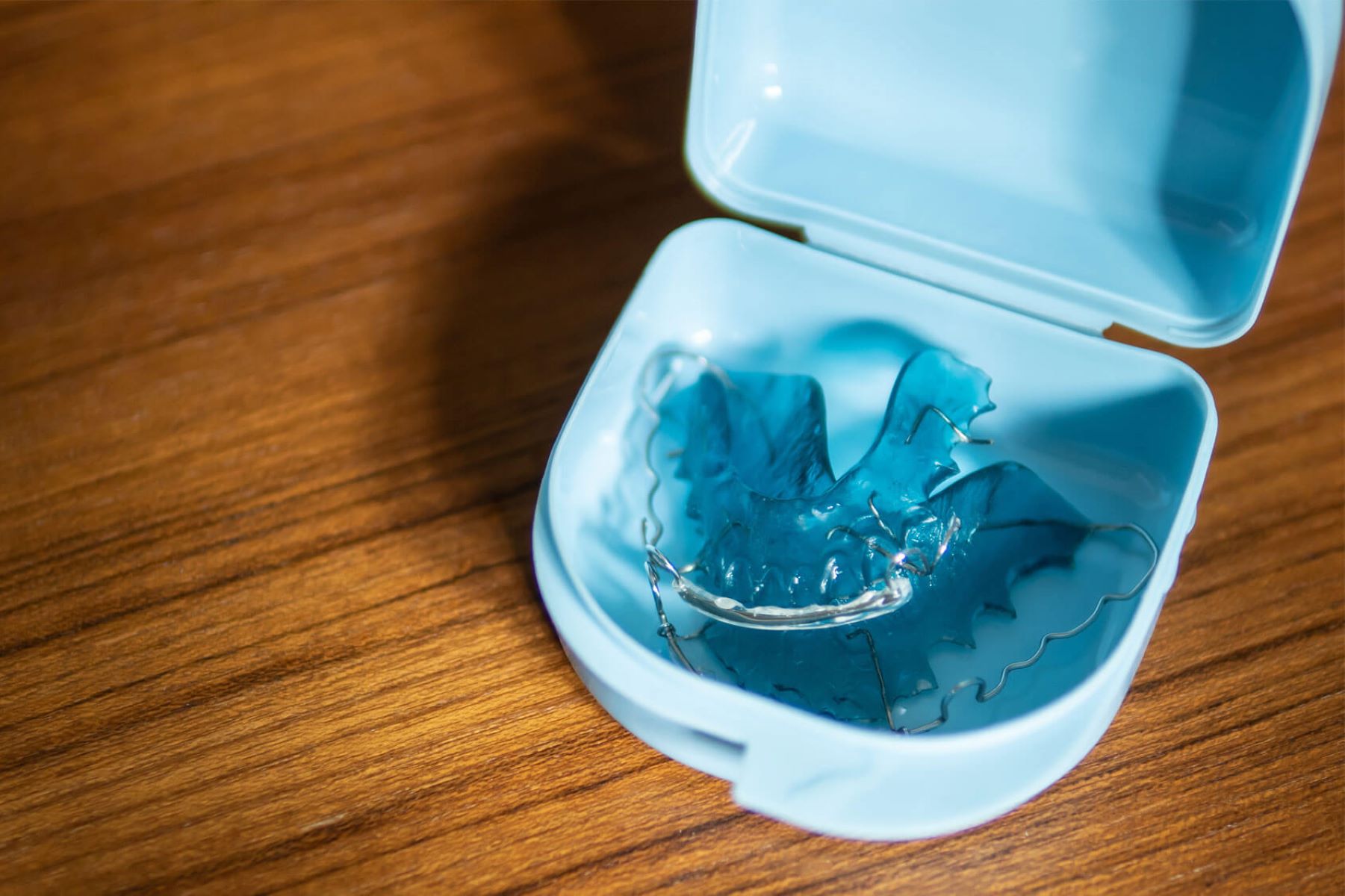

0 thoughts on “How To Store Comforters When Not In Use”